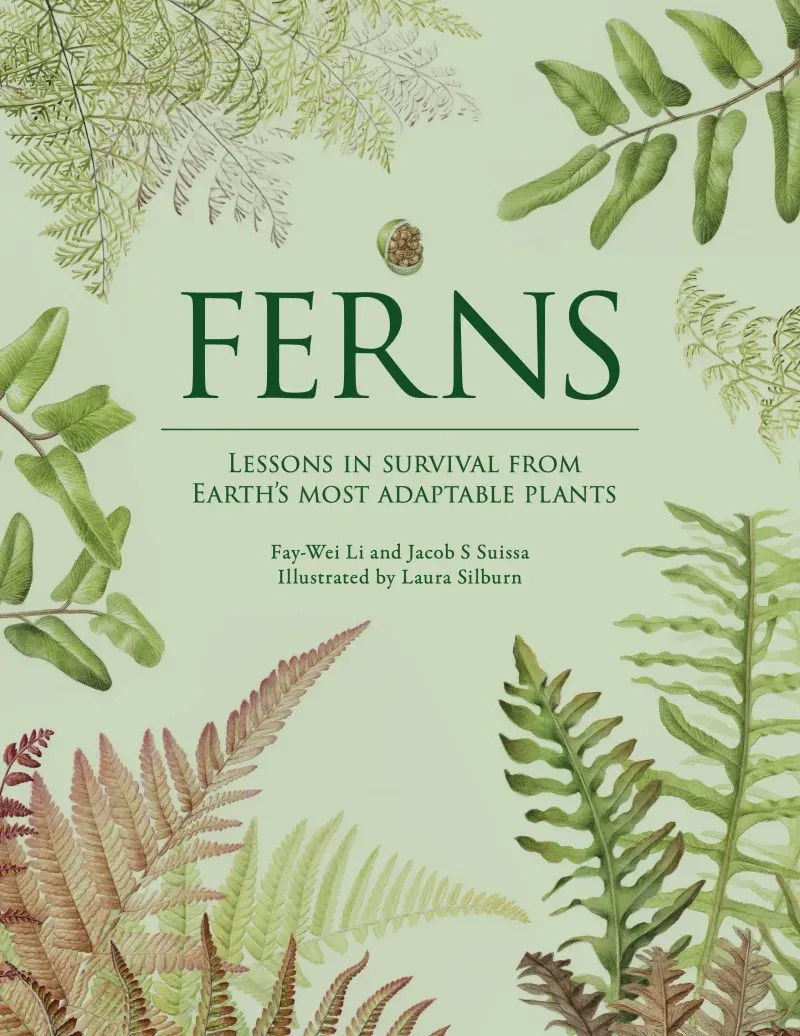Indian Botanical Art: an illustrated history by Martyn Rix
- elanorwexler
- Sep 3
- 4 min read
Indian Botanical Art: an illustrated history by Martyn Rix is a beautifully laid out volume which takes us on a tour of Indian botanical art from the seventeenth century to the present day. Many of the illustrations were painted for Scottish surgeons, interested in botany, employed by the East India Company and they depict traditional Indian medicinal plants and species of economic importance as well as some of the ornamental and native species. Most of the paintings are now held at the Royal Botanic Gardens, Kew, but are not on display. This book makes these beautiful artworks, many by Indian artists, accessible to the general public.
Article by Pam Taylor, botanist, botanical artist and ABA Committee and Education Team member

Indian Botanical Art is far more than just a catalogue of illustrations of plants found growing in India. The introduction explains how in India botanical painting developed from traditional art forms influenced by European ideas, and I enjoyed finding out about some of pigments that the artists used. Initially the illustrations were of plants used in traditional Indian medicine, but as the Indian princes began planting gardens and collecting plants, these species were also painted. Only a few artworks have survived from the Mughal flower paintings of the seventeenth century and I was impressed by their diversity and richness, such as the flower studies attributed to Mohammed Khan.
The proliferation of Indian botanical art in the eighteenth and nineteenth centuries forms the main part of this book. Scottish surgeon-botanists, employed by the East India Company, commissioned artists to paint the plants that were used in traditional Indian medicine and those of economic importance as well as native and ornamental species. Many of the artists were Indian, although only a few are named. In her forward, Sita Reddy, an independent scholar based in Hyderabad, places these collections in a contemporary context.

I love the informative captions that accompany the illustrations. As you would expect they give the name of the species and the artist, where known. Indeed one of the aims of this book is to identify and give credit to these talented artists. The captions then go on to describe where the species grows wild or originated from, and, sometimes intriguing facts, such as why the pajanelia tree has such stiff flowers. Reading these captions often made me look again at the well reproduced images to understand more of the structure of the plant, as well as bringing the rich Indian flora to life.
Each section begins with a short essay giving the background to who commissioned the artworks featured at the end of the section. Many relate to plants growing in the botanic gardens at Calcutta and Madras where the surgeon-botanists were based. As well as reading about some of the traditional medical and economic uses of the plants, I enjoyed discovering some of the glimpses that the captions give us into Indian culture. It was a surprise to discover how many introduced species grown as crop plants and ornamentals originally came from South America.
In the nineteenth century, several of the East India Company surgeon-botanists organised plant hunting expeditions and an artist with local knowledge would be taken to paint the plants found. Sometimes these paintings were later published, providing some of the earliest floras of the Indian subcontinent. These paintings included exotic orchids, such as Dendrobium densiflorum.
From the north of India plant hunting journeys ventured into the Himalayas and brought back rhododendrons and magnolias, such as the tree magnolia, which I learnt was so common in the hills around Darjeeling that the hillsides were coloured pink and crimson with its flowers. That must have been an amazing sight!

When the East India Company surgeon-botanists left and the Indian rulers stopped commissioning botanical art many of the artists turned their talents to other art forms in order to earn a living. Fortunately this is not the end of the story and in the twentieth century, with the worldwide resurgence of interest in botanical art, a new generation of Indian botanical artists is emerging. The final section of the book looks at the work of these contemporary artists. Their styles and the subjects illustrated are wonderfully diverse. Arundhati Vartak has developed a very distinctive style, influenced by Indian miniature paintings. Favourite subjects of hers are trees, such as the cannonball tree. I was surprised to discover that another artist, Vijay Sharma, has specialised in painting bonsai trees - but what a wonderful subject to draw, as it sits quietly in its pot in any place convenient for the artist waiting to be drawn! I found the orchid paintings by Hemlata Pradhan fascinating because she shows how the orchids grow naturally, whether it be on lichen encrusted twigs or among the mosses in woodlands.
Throughout the book the images are clear and well reproduced, and I love the way in which small parts of some of them have been taken, and sometimes reversed, in order to decorate the text at the beginning of each section. These features all help to make this book a fascinating exploration of Indian botanical art.
Biography of Author
Martyn Rix is a renowned botanist and horticulturist and author of many books on these subjects. He was editor of Curtis’s Botanical Magazine from 2003-2024. He has received the Veitch Memorial Medal from the Royal Horticultural Society for services to horticulture and a Tercentenary Bronze Medal from the Linnaean Society.
Where to Purchase
Kew Publishing/Lustre Press, Roli Books ISBN 978 1 84246 7220
Also available widely online



